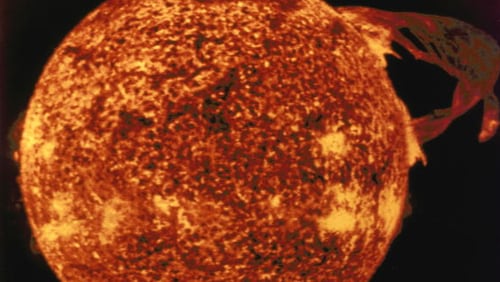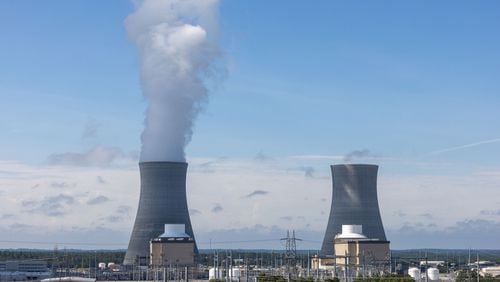NASA is launching a probe to one of the most hostile environments imaginable: the sun.
It's the first time a spacecraft will fly directly into the sun's atmosphere, or corona, where it will encounter temperatures of almost 2,500 degrees Fahrenheit and brutal radiation levels.
The "mission will revolutionize our understanding of the sun … ultimately providing humanity with the closest-ever observation of a star," NASA said in a news release about the Parker Solar Probe mission.
Researchers want to know more about how energy and heat move in the sun’s atmosphere. They also want to explore how and why solar winds and particles accelerate.
The probe will carry four instruments designed to study solar winds, plasma, magnetic fields and energetic particles when it launches sometime between July and August 2018.
Solar winds affect Earth in several ways, including the planet’s magnetic fields and what’s known as space weather.
Space weather can disrupt satellites, changing their orbits, interfering with electronics and shortening their life spans.
But even more than that, solar winds essentially blow through most of the solar system, and in order to travel beyond Earth, scientists need to have a clear understanding of how they work.
A better understanding of the sun will also help researchers in understanding stars in other worlds and faraway galaxies.






